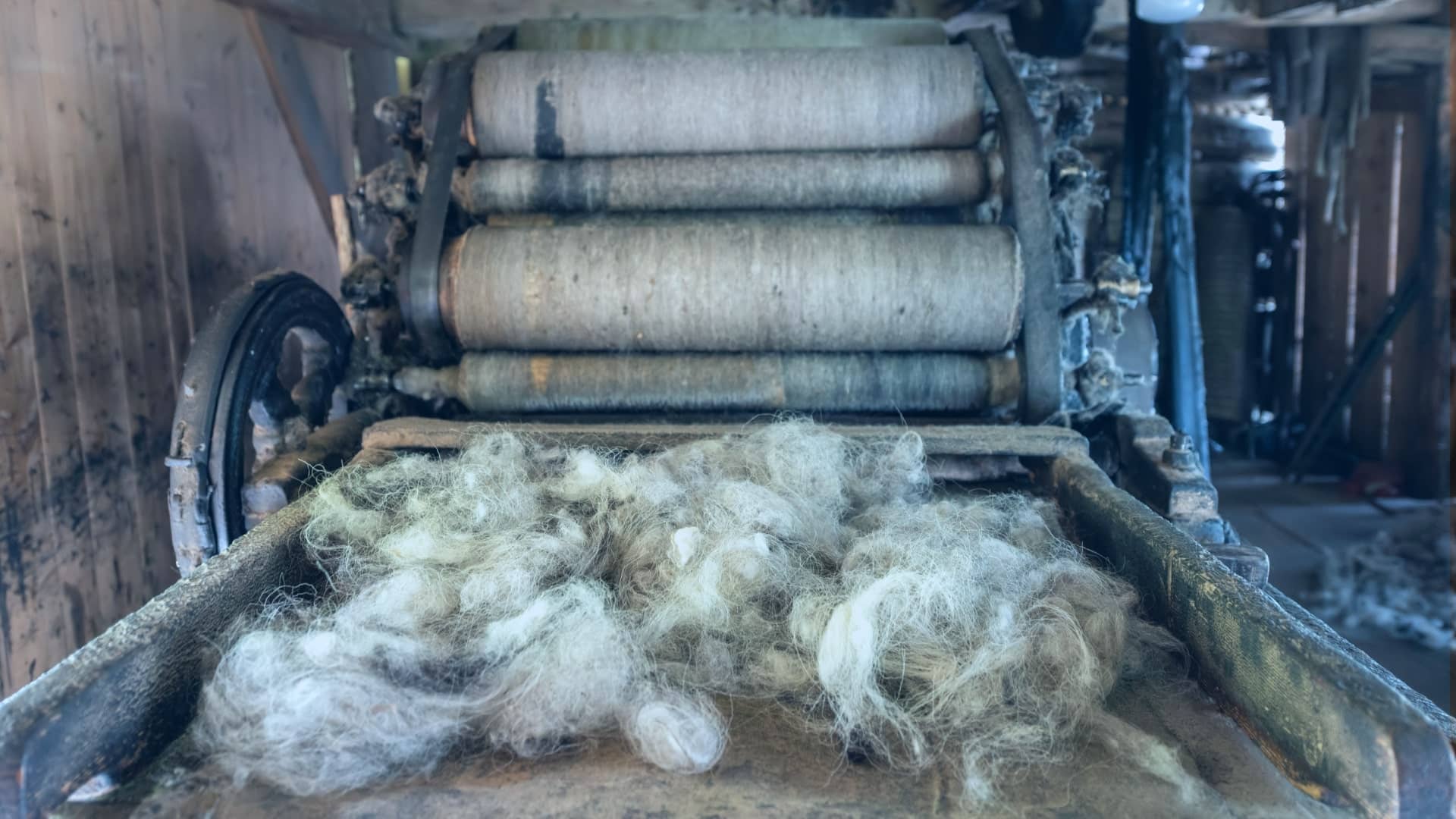Introduction to Textile Waste Collection System
In the modern era, with the rapid growth of the textile industry, the issue of textile waste has become a significant environmental concern. Managing textile waste collection systems has become imperative to mitigate the environmental impact of discarded textiles. This article will delve into the intricacies of textile waste management, covering the types of textile waste, associated risks and challenges, and the difficulties in managing textile waste.
Types of Textile Waste
Pre-Consumer Textile Waste
Pre-consumer textile waste, also known as post-industrial waste, refers to materials discarded during the manufacturing process before reaching the consumer. This category includes offcuts, scraps, and defective items produced during the production of textiles. These materials contribute significantly to textile waste and often end up in landfills. Implementing practices such as recycling and reusing within the manufacturing process can help minimize pre-consumer textile waste.
Post-Consumer Textile Waste
Post-consumer textile waste is generated by end-users, primarily through the disposal of old and unwanted clothing, household textiles, and accessories. Fast fashion, with its rapid turnover of styles and low-quality garments, has exacerbated the problem of post-consumer textile waste. A robust textile waste collection system is essential to divert these items from landfills. Initiatives like clothing donation programs and thrift stores can help extend the lifespan of textiles and reduce post-consumer waste.
End-of-Life Textile Waste
End-of-life textile waste refers to textiles that have reached the end of their usable life and are no longer suitable for wear or use. These textiles often end up in landfills, contributing to environmental degradation. An effective textile waste collection system should focus on reuse and upcycling initiatives to give these materials a second life. Innovations in textile recycling technologies can help transform end-of-life textiles into new products, reducing the overall environmental impact.
Non-Recyclable Textile Waste
Some textiles are inherently challenging to recycle due to their composition or treatment with certain chemicals. This includes items like mixed-fiber fabrics and textiles treated with non-biodegradable coatings. Non-recyclable textile waste poses a unique challenge, and addressing this issue requires a combination of sustainable material choices in manufacturing and improved recycling technologies. A comprehensive textile waste collection system should be adaptable to handle these non-recyclable materials responsibly.
Textile Waste from Fashion Retailers
Fashion retailers contribute to textile waste through various means, including overstock, unsold inventory, and returned items. A good approach involves minimizing overproduction, implementing responsible inventory management, and finding alternative solutions for unsold items. Collaborative efforts within the fashion industry, such as sharing excess inventory or utilizing sustainable packaging, can contribute to reducing textile waste generated by retailers.
The Importance of a Textile Waste Collection System:
Establishing an effective textile waste collection system is vital for mitigating the environmental impact of textile waste. Here’s why:
- Environmental Conservation: A well organized waste collection system ensures that textiles are diverted from landfills, reducing environmental pollution and conserving valuable resources.
- Resource Recovery: Through recycling and upcycling initiatives, a textile waste collection system can help recover valuable materials, reducing the need for raw resources in textile production.
- Job Creation: The development and management of textile waste collection systems create employment opportunities, particularly in recycling facilities and other related industries.
- Community Engagement: Textile waste collection programs can engage local communities in sustainable practices, fostering a sense of responsibility and environmental awareness.
- Economic Benefits: Implementing efficient textile waste collection systems can lead to cost savings, as recycled materials often require less energy compared to virgin materials in the production process.
Effective Management of Textile Waste Collection Strategies
- Collection Infrastructure:
- Establishing dedicated collection points in urban and rural areas.
- Collaborating with local governments for convenient drop-off locations.
- Educational Programs:
- Raising awareness about the importance of textile waste management.
- Educating consumers on sustainable practices and the impact of their choices.
- Innovative Technologies:
- Incorporating technology for efficient sorting and recycling processes.
- Encouraging the development of eco friendly textiles that are easier to reuse.
- Collaborative Initiatives:
- Forming partnerships with stakeholders, including manufacturers, retailers, and waste management agencies.
- Creating a unified approach to improve the collection and reuse process.
Risks and Challenges
- Environmental Impact:
- Risks: Improper disposal can lead to soil and water pollution.
- Challenges: Balancing the need for disposal with sustainable reuse practices.
- Economic Implications:
- Risks: Inefficient waste management can result in economic losses for businesses.
- Challenges: Finding cost effective methods for reuse and disposal.
- Social Responsibility:
- Risks: Negative public perception can harm a brand’s reputation.
- Challenges: Encouraging businesses to adopt socially responsible practices.
Challenges in Managing Textile Waste
- Complex Supply Chains:
- Challenge: Coordinating waste management across diverse supply chain stages.
- Solution: Implementing a standardized approach for waste management practices.
- Lack of Standardization:
- Challenge: Absence of standardized guidelines for textile reuse.
- Solution: Advocating for the development and adoption of industry wide reuse standards.
- Consumer Behavior:
- Challenge: Changing consumer habits regarding the disposal of textiles.
- Solution: Educational campaigns and incentivizing responsible consumer behavior.
Conclusion
Effectively managing textile waste collection systems is a multifaceted challenge that requires collaborative efforts from all stakeholders. By understanding the types of textile waste, implementing innovative solutions, and addressing the associated risks and challenges, we can move towards a more sustainable future in the textile industry. The key lies in fostering a collective commitment to responsible waste management practices and embracing the necessary changes for a greener tomorrow.



